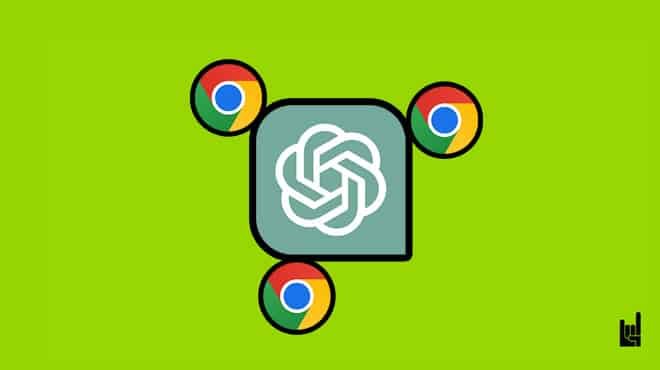Cues are typically embedded in the prompt to guide the model’s output without prescribing a specific framework. They are helpful for fine-tuning the response to fit particular needs or contexts.
Cues are more specific signals or prompts used within those methods to refine or direct the response further.
Cues are elements within those strategies that further direct or fine-tune the response.
Factual Information:
Cue: “According to recent studies…”
Example Prompt: “According to recent studies, how does sleep affect cognitive performance?”
Summarization:
Cue: “In summary,”
Example Prompt: “In summary, what are the main arguments presented in the article about climate change?”
Opinion or Perspective:
Cue: “In your opinion,”
Example Prompt: “In your opinion, what are the most significant challenges facing remote work?”
Step-by-Step Instructions:
Cue: “First, then, finally,”
Example Prompt: “Explain how to bake a cake. First, list the ingredients, then outline the preparation steps, and finally describe the baking process.”
Comparison:
Cue: “Compare and contrast,”
Example Prompt: “Compare and contrast the key features of electric cars versus hybrid cars.”
Definition or Explanation:
Cue: “Define,” or “Explain,”
Example Prompt: “Define blockchain technology and explain its potential impact on financial transactions.”
Clarification:
Cue: “In simple terms,”
Example Prompt: “In simple terms, how does the internet work?”
Creative Response:
Cue: “Imagine if,”
Example Prompt: “Imagine if humans could live on Mars. Describe what daily life might look like.”
Positive Emphasis:
Cue: “Highlight the benefits of,”
Example Prompt: “Highlight the benefits of using renewable energy sources over fossil fuels.”
Neutral Tone:
Cue: “Objectively discuss,”
Example Prompt: “Objectively discuss the pros and cons of implementing universal basic income.”
Historical Context:
Cue: “Historically,”
Example Prompt: “Historically, how have major technological advancements influenced job markets?”
Speculative Scenario:
Cue: “What if,”
Example Prompt: “What if artificial intelligence could fully replicate human emotions? How might this affect human-robot interactions?”


